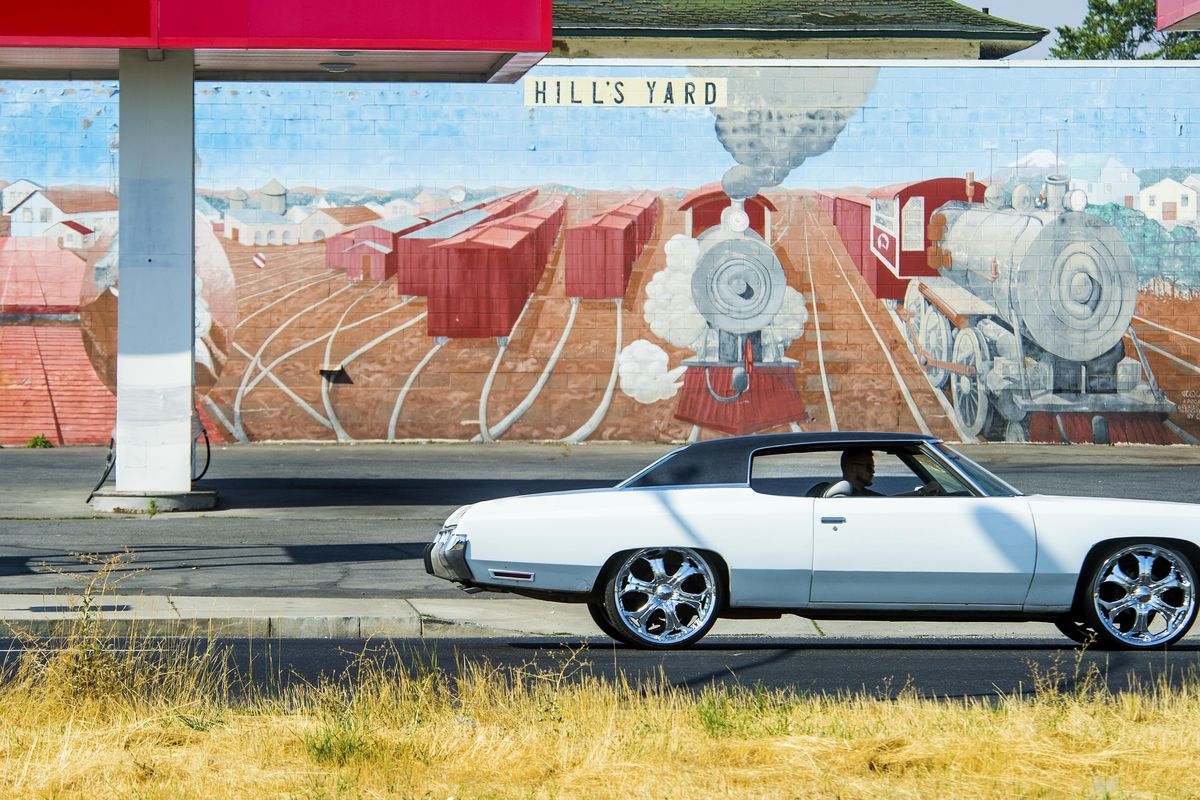Hillyard

Spokane’s northeast border is home to a working-class neighborhood built during the golden era of railroads and marred by decades of economic struggle that followed.
Hillyard was founded as a tax dodge by railroad magnate James J. Hill, who founded the Great Northern Railroad. In 1892, Hill, nicknamed the “Empire Builder,” placed the massive rail yards northeast of Spokane to avoid paying city taxes.
The yard became the biggest rail shop west of the Mississippi, including a 20-stall engine roundhouse used to repair engines, according to newspaper archives.
The Hillyard shops produced the largest and most powerful steam engine to date, the R-1 Mallet, based on the designs of Swiss inventor Anatole Mallet.
The city annexed the homes and storefronts in 1924 and the community got its next great economic boost in 1943 when Kaiser Aluminum opened the nearby Mead plant to fuel the nation’s war effort.
Change didn’t take long as NorthTown Mall then opened in 1955 and took many anchor stores away from Hillyard, said David Griswold, 70, who continues to work to preserve the community.
The transition to diesel train engines then spelled the end of the yards as hundreds of jobs were sent elsewhere by 1968.
Since Kaiser closed its Mead plant in 2000, Hillyard has struggled to replace those jobs.
As a result, Hillyard has one of Spokane’s highest rates of poverty, some 29.6 percent. That figure is almost double Spokane County’s poverty rate of 15.9.
And the average median household income in Hillyard is $35,101, which compares to $42,386 for Spokane, according to census data.
Despite those numbers, Hillyard continues to thrive on its past. The community’s historic storefronts have become a hub for walking shoppers looking through several antique shops, Griswold said.
“Now we are developing more community elements that are beneficial,” Griswold said. “One of our biggest problems was we had no restaurants. Now restaurants are starting to come in.”
Griswold, who has lived in the community since 1991, sits on the board of Hillyard Community Futures. The nonprofit has raised money to paint and restore several historic murals.
Despite those efforts, Hillyard continues to struggle against the stigma of a crime-ridden area, especially the neighborhoods on the eastern border that locals refer to as “Dog Town.”
“That’s a cliche we don’t like to use,” Griswold said. “We call it ‘Upper Canine Heights.’”